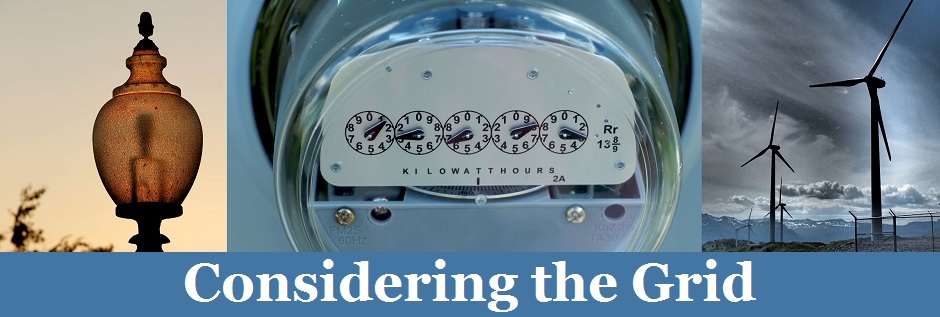Earlier this week, both the new Trump administration and Senate Democrats offered some insight into their visions on how to best go about revitalizing U.S. infrastructure. On January 24, 2017, the White House put out an Executive Order Expediting Environmental Reviews and Approvals for High Priority Infrastructure Projects. Under this order, the Chairman of the White House Council on Environmental Quality (CEQ), who has yet to be nominated, is to determine whether particular projects that require federal review and approval qualify as “high priority.” The Chairman will make this determination within 30 days after a request from either a Governor or the head of an executive department or agency, or on the Chairman’s own initiative. The Executive Order specifically mentions improvements to the electric grid as an example of projects that are high priority.
Under the Executive Order, once a project is designated as high priority, the Chairman of the CEQ is to coordinate with the heads of relevant agencies to establish expedited procedures and deadlines for environmental reviews and approvals. However, such procedures and deadlines must still be consistent with applicable law. The Executive Order also provides that if agencies fail to meet these deadlines, they must provide a written explanation to the Chairman.
On the same day, Democrats offered their own approach to improving U.S. infrastructure, releasing A Blueprint to Rebuild America’s Infrastructure: Creating Over 15 Million New Jobs. This Blueprint outlines a $1 trillion federal investment. Ten percent of this, $100 billion, would be directed to “21st Century Energy Infrastructure.” This money would be used for investing in transmission and distribution upgrades as well as consolidating and reforming existing tax incentives for renewable energy.
While Republicans control both the Senate and the House of Representatives, infrastructure could be an issue to watch going forward given the attention it is receiving by both parties and by both the legislative and executive branches.

